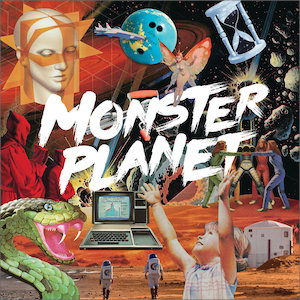A quarter of a century on from optimal.lp’s release, then, its timelessness is still palpable, even enhanced, with the reissue’s addition of three tracks made while working on it, plus a new take on the closing “Tank” (digital only): in prepping the reissue, running one of the masters through a customized reverb unit, he began recording the outcome of this haptic past-inside-the-present dialog.
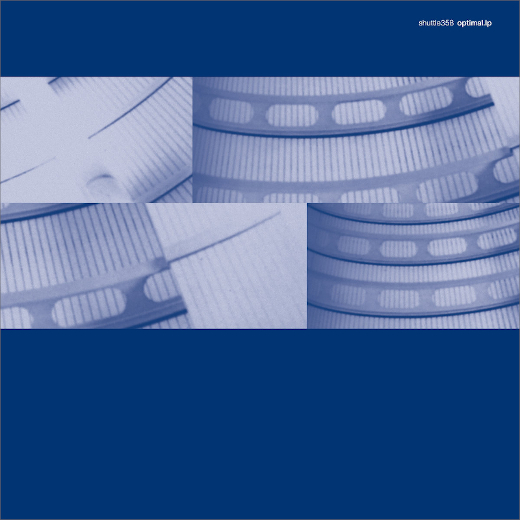
At once backward-nodding and forward-looking
Latest in the (increasingly less) occasional ‘I Can’t Believe It’s [X] Years Since [Y]!’ series is shuttle358’s debut, originally a pre-millennial (!) release on 12k. A 25th anniversary is welcome, a pretext to celebrate optimal.lp itself in reviewing its reissue by Keplar (first time on vinyl), with three previously unreleased tracks (+alternative version of “Tank” on digital), new artwork (Daniel Castrejón) and a remaster (Andreas [LUPO] Lubich) based on original pre-masters restored by Dan Abrams himself. Inspiration from dual schools—of Ambient, with its textural focus, ’90s Electronica, with its rhythmic inquiry—and traits shared with an emergent clicks’n’cuts school, made it truly sui generis—at once backward-nodding and forward-looking, and seminal for many that followed.
From Abrams’ early-years musical inquiries came an epiphany: ‘that ambient music could be an intentional creative act, that tone itself is a legitimate form of expression,’ (Eno’s Thursday Afternoon cited); then came increasing absorption into the ’90s electronica scene, especially the output of such as Instinct, where Taylor Deupree worked (as Art Director) and released his first Human Mesh Dance records. After a demo sent to Deupree, neonate 12k label founder, evolved into optimal.lp, its fifth catalog entry, he’d found his niche. He’d begun dabbling in college with a sound module, laptop and mixer plus MIDI card and small controller. ‘Each note was composed in MIDI and played back when I was ready to record,’ he says of his working method, ‘the tracks could be replayed, but the sound interactions with glitches and noise would be a little different each time.’
These interactions became a basic conceptual driver, each piece starting with a single tonal part already containing the whole; guided by these interactions, he sought to complement them by adding sounds in ‘a conversation of sorts with the medium.’ While refining this technique—one he’d deploy on every album till Chessa (12k, 2004/Keplar reissue, 2021)—he used the first-ever Native Instruments product, the Generator soft synth, on the title track (likely its first album use). The interplay of bleeding-edge tech, the constraints facing low-budget audio-doodlers, and creative ferment became a signature of optimal.lp. Abrams’ comments point to its iconic status: ‘there were elements that remain a part of us in a timeless way, despite our techniques, or lack thereof, at the time. [it] has a lot of things that will always be with me, that are me. I think I left some clues in there for my future self.’
A quarter of a century on from optimal.lp’s release, then, its timelessness is still palpable, even enhanced, with the reissue’s addition of three tracks made while working on it, plus a new take on the closing “Tank” (digital only): in prepping the reissue, running one of the masters through a customized reverb unit, he began recording the outcome of this haptic past-inside-the-present dialog, making for an emblematic tribute to an album whose circular rhythmic kinesis, timbral resonance and melodic suggestively seem to conspire to achieve an almost chronostatic state.
optimal.lp is available on Keplar [Bandcamp]






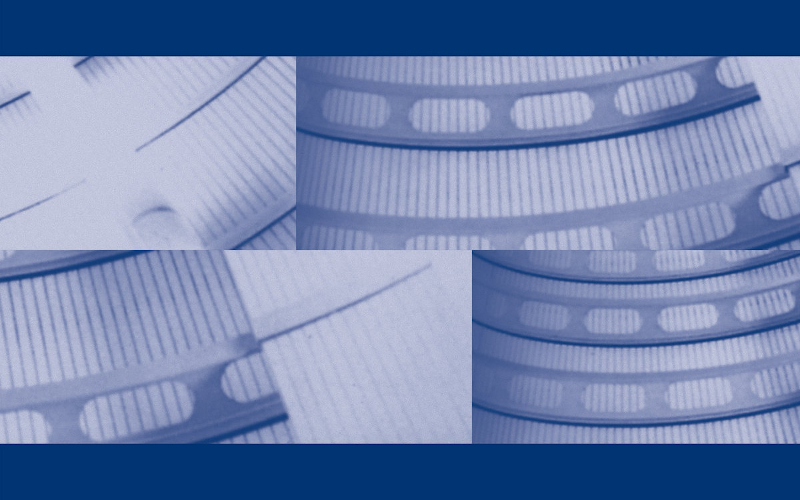



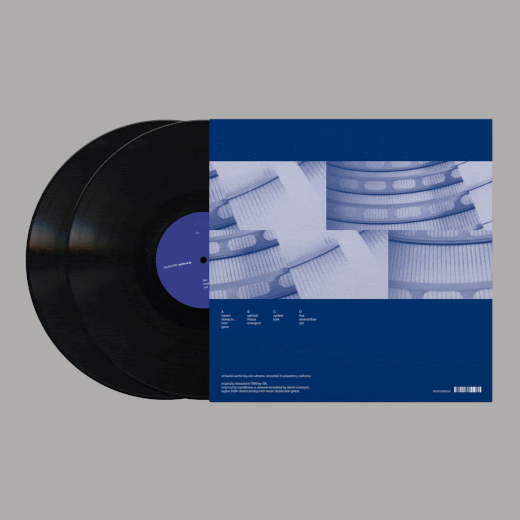

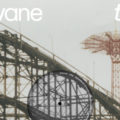
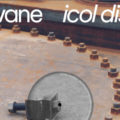

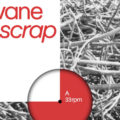

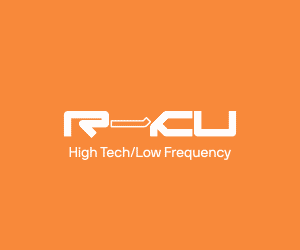


![Luke’s Anger :: Ceiling Walker EP (Love Love) — [concise]](https://igloomag.com/wp/wp-content/uploads/2025/04/lukes-anger-ceiling-walker-vinyl_feat-75x75.jpg)

![Ndorfik & madebyitself :: Solos EP (People Can Listen) — [concise]](https://igloomag.com/wp/wp-content/uploads/2025/04/ndorfik-madebyitself-solos_feat-75x75.jpg)




